How many times during the Summer Olympics of 2008 did you watch Michael Phelps compete in his quest to accomplish the historic goal of winning eight gold medals? Were you able to watch most of his races? Did you marvel at his durability, strength, and technique? As he won race after race, some by wide margins, did you begin to feel like you were witnessing one of the most incredible athletic performances in sports history? His accomplishments rank alongside Mark Spitz's, as spectacles of the natatorium sufficient to stun Neptune or Poseidon, and astonish the remainder of the Gods.
Did you figure out how Phelps was able to win? Sportscasters slowed the tapes down, giving way on the microphones to swimming experts who analyzed the strokes in minute detail. They praised the instructional insights which had allowed observant coaches to parse every element of Phelp's motion and impart racing tips to optimize his speed, such that his resultant technique maximized his every advantage. His form was non pareil while he focused on winning. He was, in real life, a veritable swimming automaton, as heroic as an Aquaman comic book character vanquishing dispirited foes.
You can give credit to morale, to coaching, to indomitable spirit, a never-say-die attitude, to physical indefatigability for his accomplishments. There are any number of factors which contributed to his success, but if you were to attribute his results to those causes, you would miss the most important element of his wins. Michael Phelps won those races, because his competitors all lost them. They lost because, for one reason or another, in the final analysis, they lacked some aspect of the constitution of physical, mental, and spiritual resolve that is required of championship athletes.
This is not to say that they didn't expend countless hours rigorously training as well. Nor to imply that their coaching was suspect. I'm only suggesting that incredible physical performances in athletic history, whether they be incidents that are one time events - like the victory of the underdog Fresno State Baseball team in the 2008 NCAA Finals, when they became the lowest seeded team to ever win the championship - or accomplishments that are cumulative, occurring over a season or a lifetime, so far surpass the deeds of competitors that they are best judged by different standards.
An athlete seeking excellence will eat, think, train, and sleep, dreaming of attaining his or her goals. They are single-minded in their focus, and they will let nothing deter them from this pursuit. By definition, they will never let anything thwart their desire, or else they will never ascend the pinnacle of achievement necessary to become a champion and win a gold medal. Maybe they'd win a silver, or a bronze. They might be pretty damned good at what they do, perhaps the most talented in their country. But they wouldn't be the best in the world, whether it be swimming, or golf, most home runs in history, or the fastest man alive in the 100 meter dash.
So how am I going to tie all this sports babble into the world of investing? In prior columns I have advocated that you take advantage of this moment in history in which you find yourself, and set about to accomplish a goal which, in a few years, will become impossible. As if you had discovered a spatial discontinuity, a rift in the fabric of time, you have the opportunity now - and perhaps for as long as another eighteen months - to reap the same benefits as if you had been present in the America of 1965. What do I mean by this?
Remember that year? 1965 was the year in which the United States Mint changed the alloy of circulating coinage of the dime and the quarter from one with ninety percent silver content to one made of cupronickel. Real money underwent debasement. Silver halves went from ninety percent to forty percent silver, and that for only four more years, until they too were fabricated from the same cupronickel alloy. The public inherently understood that the older coins were somehow of greater value than their replacements, and Gresham's Law ensured they rapidly removed them from circulation.
Those ninety percent silver coins were, for all intents and purposes, gone from circulation by 1968. Sure, you could still search for them, and encounter a few from time to time. People still do that, spending countless hours to glean a lone sparkling argent gem from the rolls they obtain and assiduously examine. So how does the disappearance of real money from circulation after 1965 have any bearing on you today? The same thing is now occurring, but this time it's not an event which impacts dimes, quarters, or half dollars. This time the lowly Lincoln cent is being affected.
Pennies are disappearing, unnoticed by the public. Collapsing Cents Census Syndrome (CCCS) is not something you will see in the media, nor is it discussed by scientists concerned by its impact on commerce. But the copper in your change is steadily diminishing, and being replaced by zinc. You see, prior to 1982, Lincoln cents were made from 95% copper and 5% zinc. Subsequent to that, the alloy retained the same components, but in a different ratio. The zinc became predominant in the penny, with a core of zinc covered by a thin layer of copper. All but 2.5% of the copper was removed from the penny. Real money was becoming debased.
Now, behind the scenes, there are those who gather pennies from banks and scour them for their copper content, sorting through rolls by the thousands, sifting the copper from their ranks, and saving them. Why in the world would they do that? Because the cent isn't worth a cent. It's worth at least twice that much. Check Coinflation.com if you don't believe me. The prices vary according to the scrap price of number two copper posted daily on Kitco, but recently an individual penny was worth approximately 2.2 cents. Not much when considered on an individual basis, but what's that worth when multiplied hundreds of thousands of times?
The only reason we still have copper circulating in our change is because there is currently a law forbidding melting of the cent and the nickel to deter loss of these coins to parties that would melt them for their base metal content. That law was passed in late 2006 and went into effect in the early months of 2007. If it weren't for that mandate - acting as a partial deterrent to those individuals intent upon hoarding these valuable cents for resale upon their eventual revaluation - these pre-1982 copper pennies, like the silver coins of yesteryear, would already have vanished.
So, here's the window of opportunity that I mentioned. Silver and gold act as safe havens in a time of currency depreciation which we have been experiencing since the FED was created. Ninety-six percent loss of purchasing power since 1913, not bad for ruination of a fiat currency. Award them a gold (a barbarous relic) medal, and let's just hope they aren't entered in eight races. Real money maintains your purchasing power, and may gain value prodigiously during hyperinflation. Since not everyone can afford silver or gold, my past columns have explained that, on a smaller basis, base metals coinage nickel and copper afford the same advantages as do precious metals.
So, then, how do we become champions of copper cent sorting and saving? We do it by single- minded focus, setting a goal, and then letting nothing act as an obstacle to attainment of that target. Anything else would be counterproductive. Did you see any of the other swimming competitors staring despairingly at Phelp's heels easily outdistancing them? Notice them admiring his Speedo's? No. They were bent to their tasks, giving it their all. It just wasn't quite good enough to win. Why would anyone, with a goal in mind, do anything other than their utmost to accomplish their dreams?
Why would someone who saves copper cents, record in minute detail their findings in each roll they encounter and in each box that they sort? Wouldn't that be detrimentally time-consuming? To list in voluminous findings, for instance "out of 1000 cents sorted, 298 were copper for a percentage of 29.8%, there were eleven wheaties, three Canadians, one Norwegian, one from the Bahamas, and the rest were zinc." Isn't this just a little bit obsessive? Like a deranged baseball statistician on steroids, these sorters are compulsively recording every detail of their searches, then sharing them with like-minded others on penny forums. Isn't all this "counter productivity" counterproductive?
Do collectors who persist in this misguided allocation of their time derive more pleasure from the hunt, than the capture? So that their quest is guided not so much by acquisition as it is by a sense of discovery? If so, I applaud the pleasure they derive from their hobby. But let's redefine them merely as hobbyists, because the single-minded work ethic necessary to become focused champions of this enterprise is missing from these copper enthusiasts.
You don't see the big hitters of this new industry, who comprehend the nature of its time-limited opportunity, expending the time it takes to describe in detail their every find. They can't afford to become distracted. They understand that to do that would obstruct them from their primary goal. Which - while the chance to do so exists - is to accrue the largest pile of copper cents they can preserve, as rapidly as it can be amassed. Because, ultimately, that's what champions do, better than anyone else. Count on it.
Buy Silver. Buy Gold. Save Copper. Start Now.
Thursday, January 28, 2010
Subscribe to:
Post Comments (Atom)



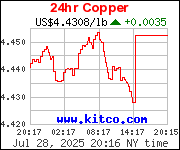


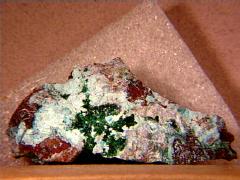

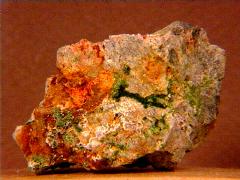
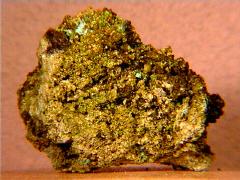
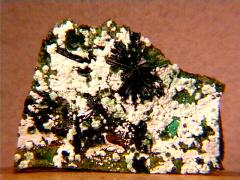
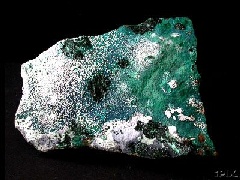


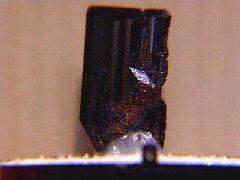











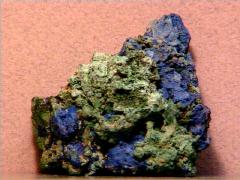

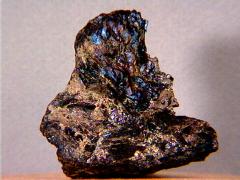




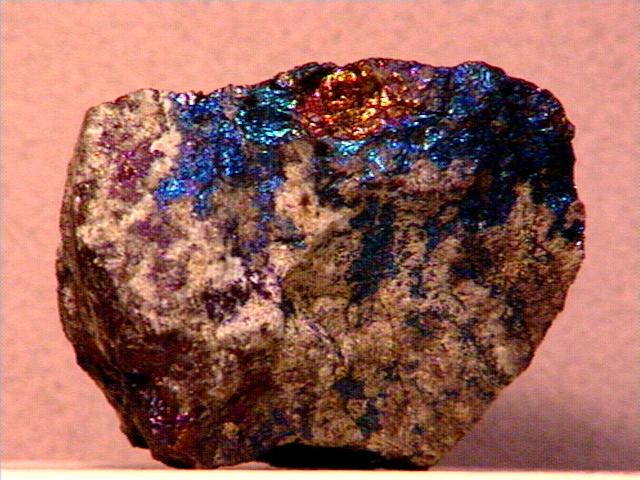


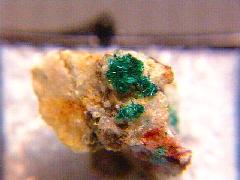
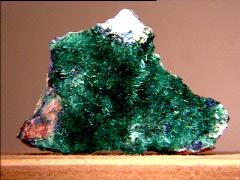






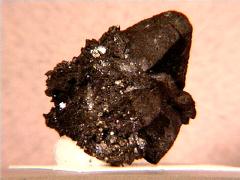
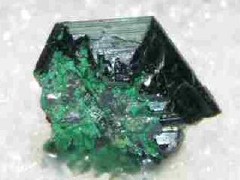
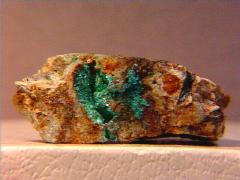


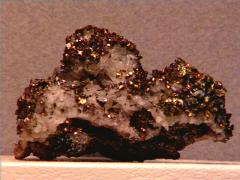


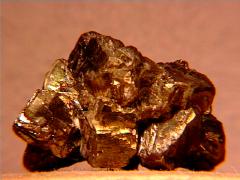




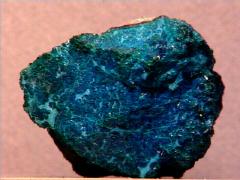
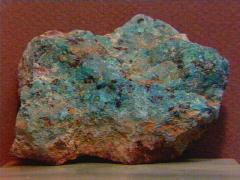


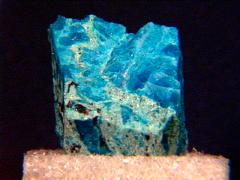
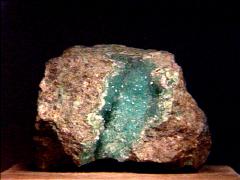
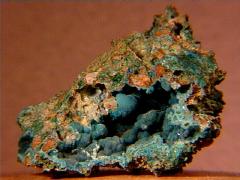
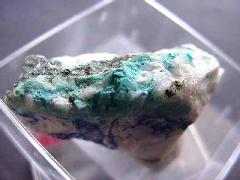
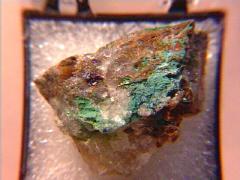
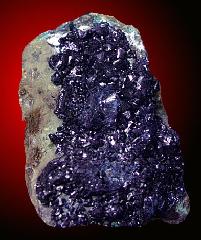

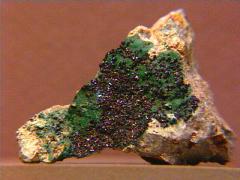

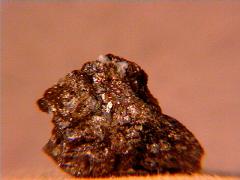
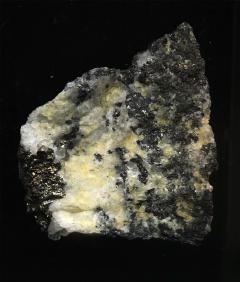










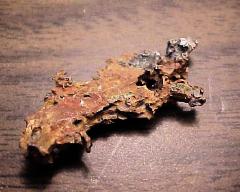
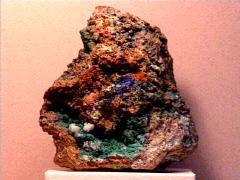



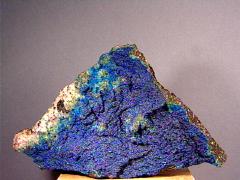




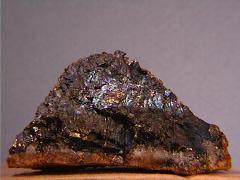
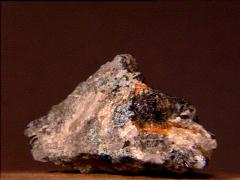


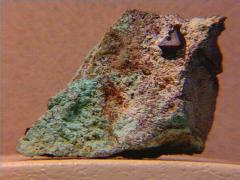


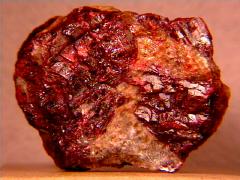
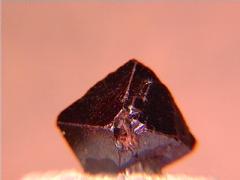




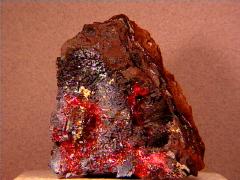


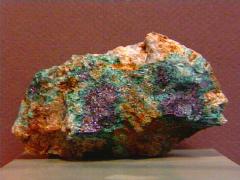

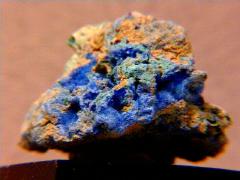






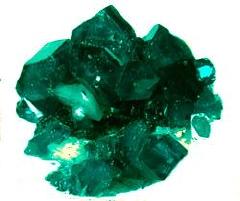



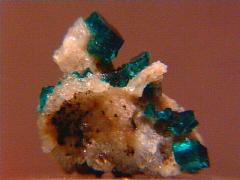








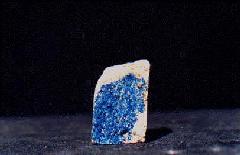


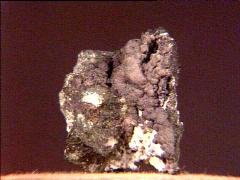
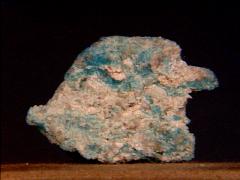






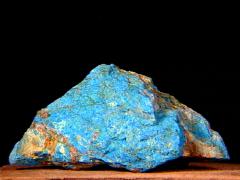

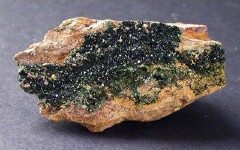


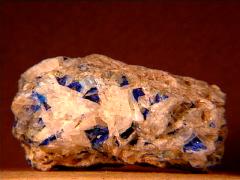
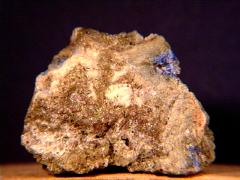


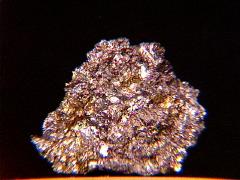
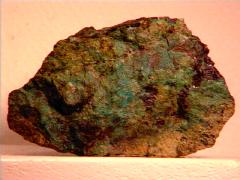
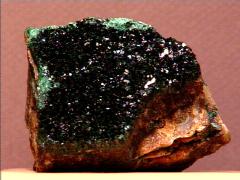
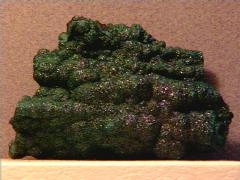




No comments:
Post a Comment